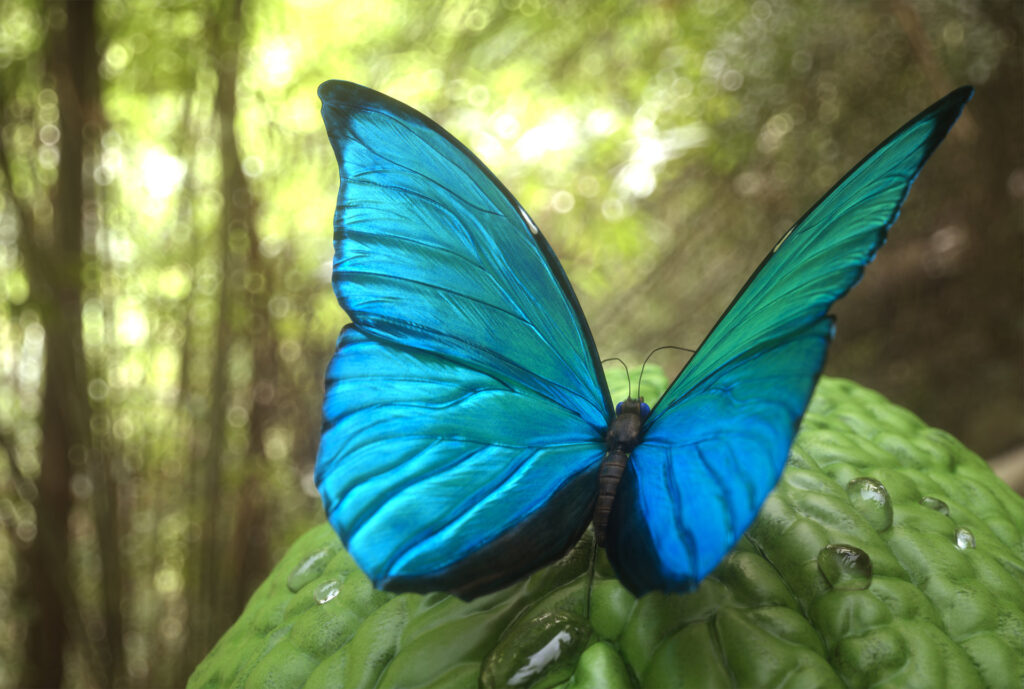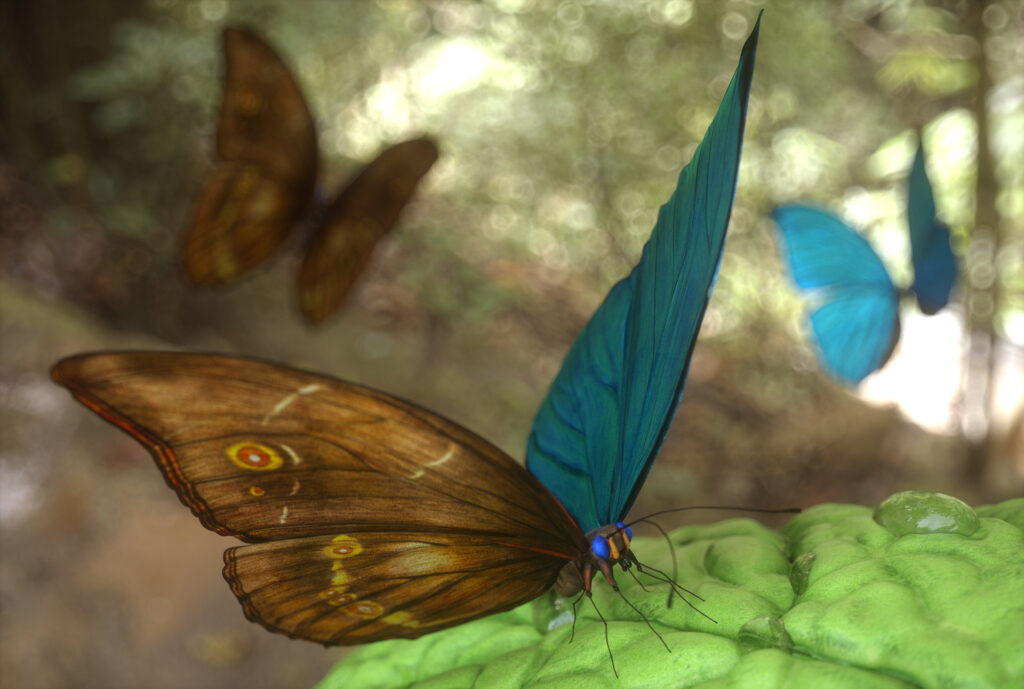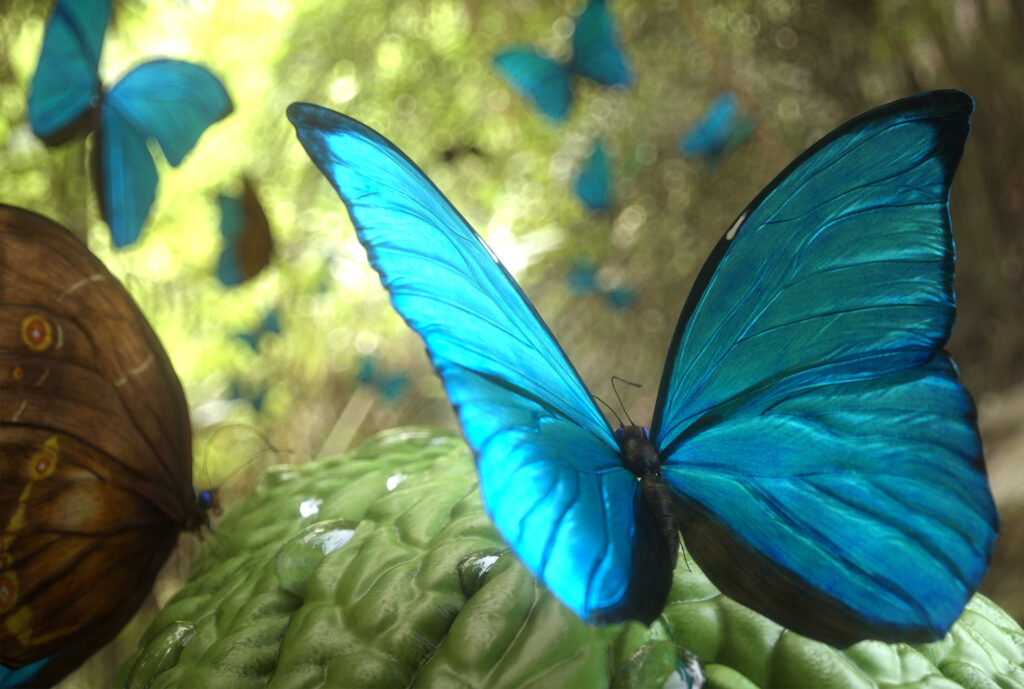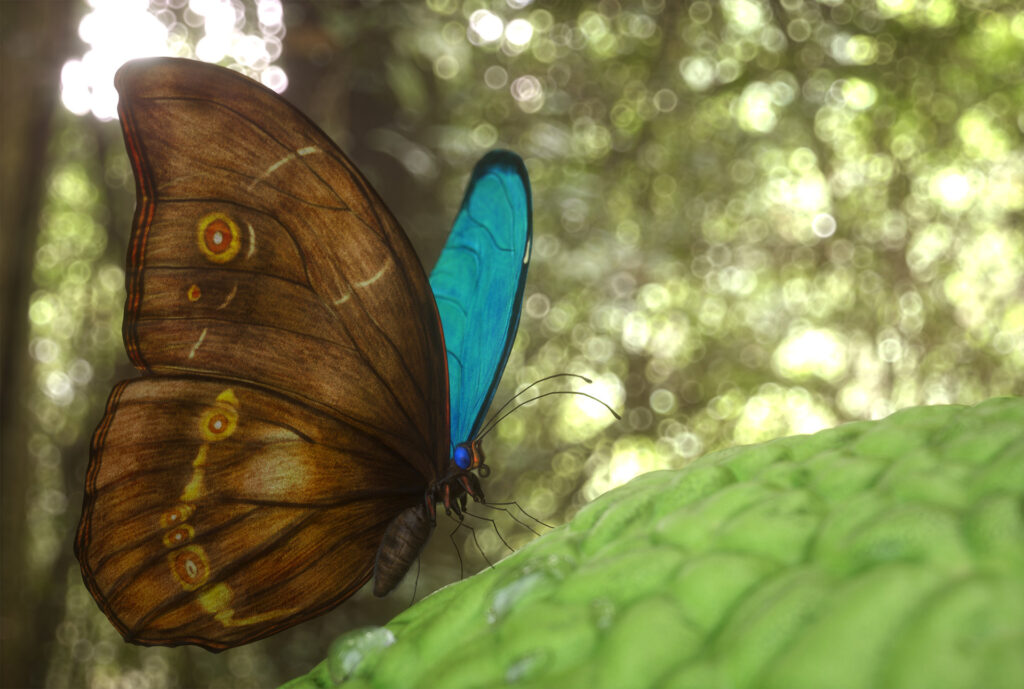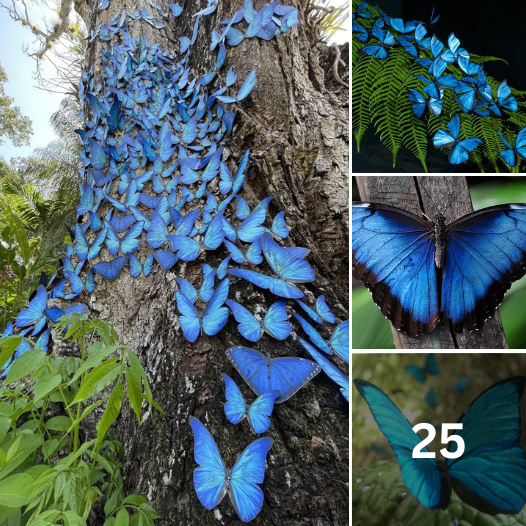The world is full of beautiful and graceful butterflies, but one stands out above the rest – the mutant butterfly. This unique insect, scientifically known as Greta oto, can be found in Central and South America and possesses some remarkable abilities that make it truly extraordinary.
Despite its small size, with a wingspan of just two inches, the mutant butterfly is a master of camouflage thanks to its ability to change color. By altering the color of its transparent wings, it can blend in with its surroundings and avoid detection by predators. However, this color-changing ability isn’t just for self-preservation; it also plays a vital role in finding a mate. Male mutant butterflies display their colors in a distinct pattern to attract females, who respond by displaying their own unique colors.
But perhaps the most incredible ability of the mutant butterfly is its bioluminescence. While many creatures are capable of emitting a constant glow, the mutant butterfly can glow continuously for up to 48 hours thanks to a chemical reaction between luciferin and luciferase. Not only can it control the intensity and duration of its glow, but it can also use it as a signal to potential mates or to warn off predators.
Sadly, the mutant butterfly faces significant threats from habitat loss and deforestation. Nevertheless, conservation efforts are underway, and scientists are working hard to protect this amazing species. By continuing to study the mutant butterfly’s abilities, we may uncover even more secrets about this unique and fascinating creature.
In conclusion, the mutant butterfly is a true wonder of nature, with its ability to change color and glow continuously making it one of the most remarkable creatures in the world. Although it faces challenges, there is hope for the future of this species, and we must continue to work towards its protection and conservation.
